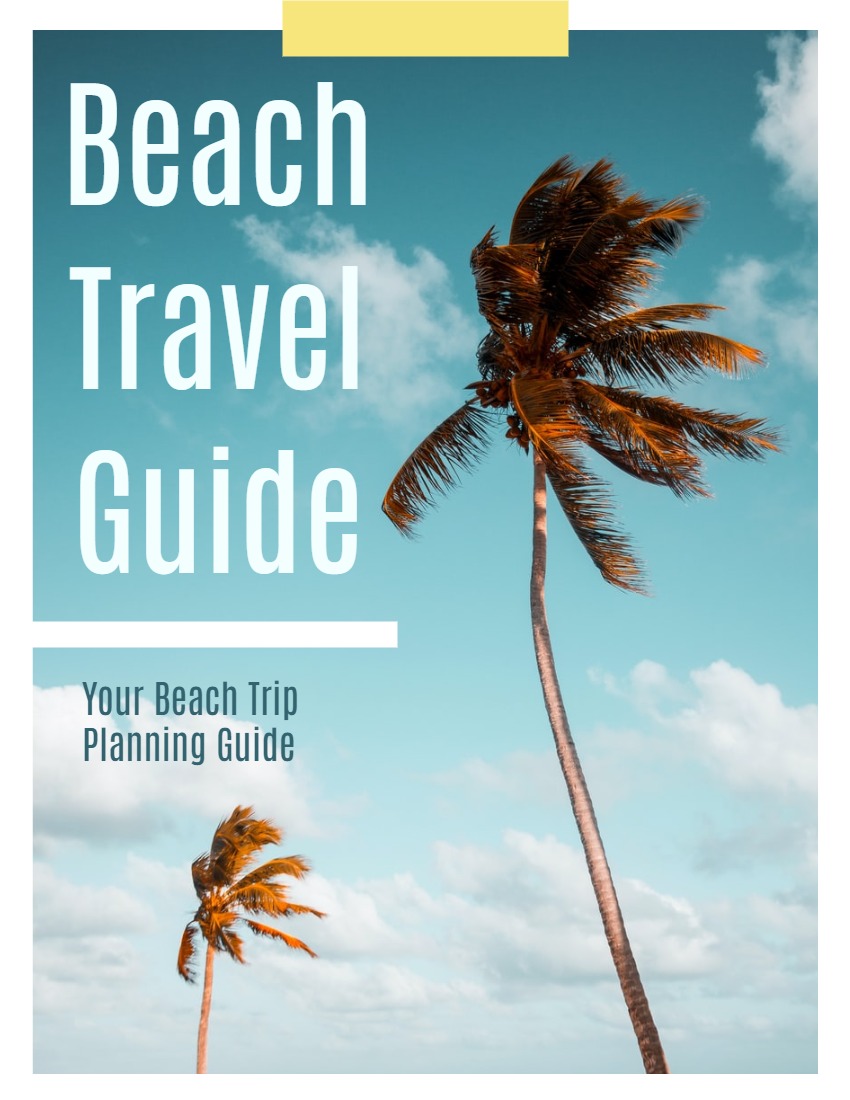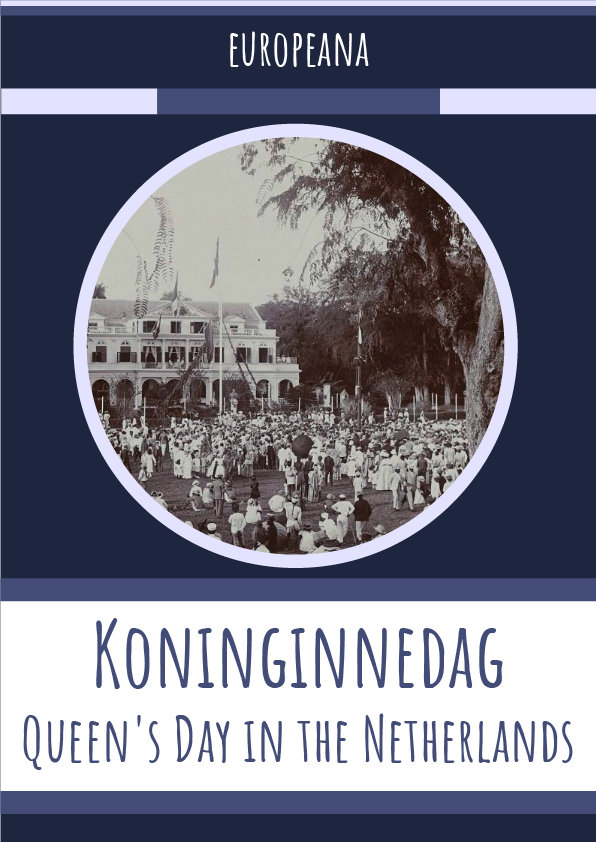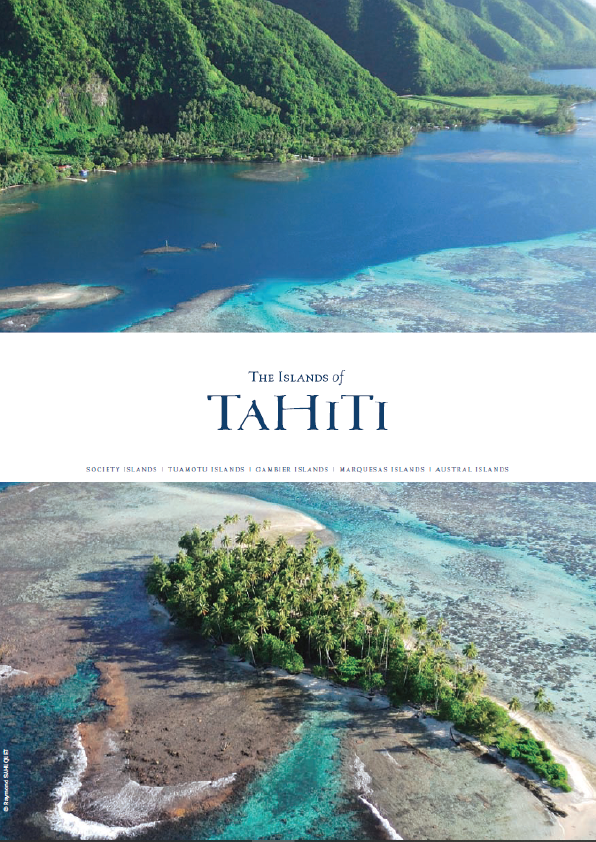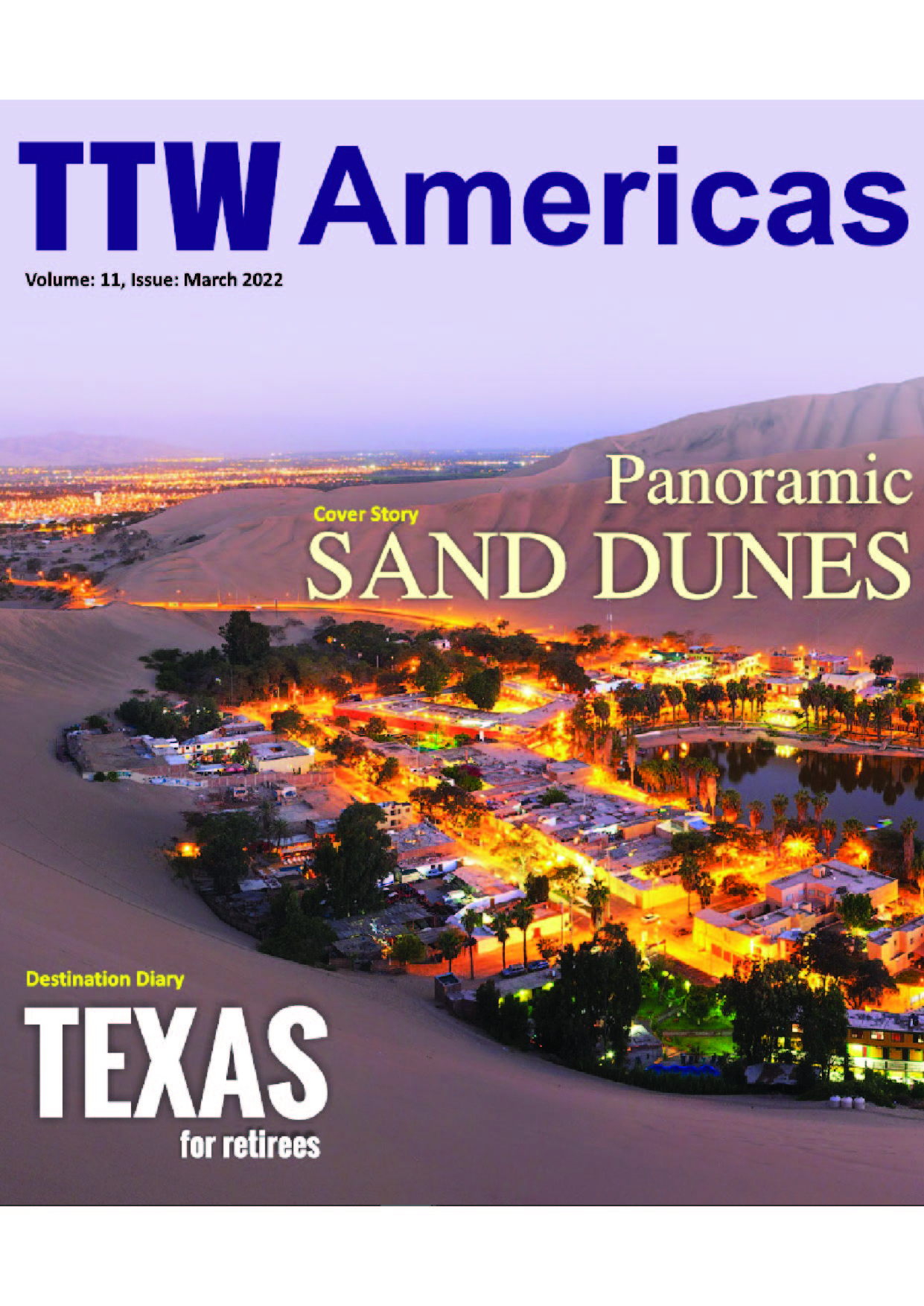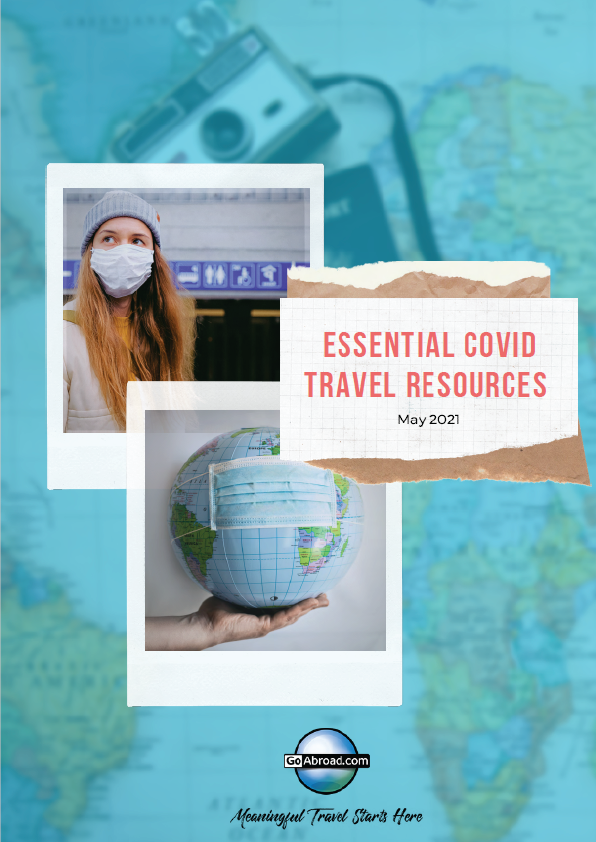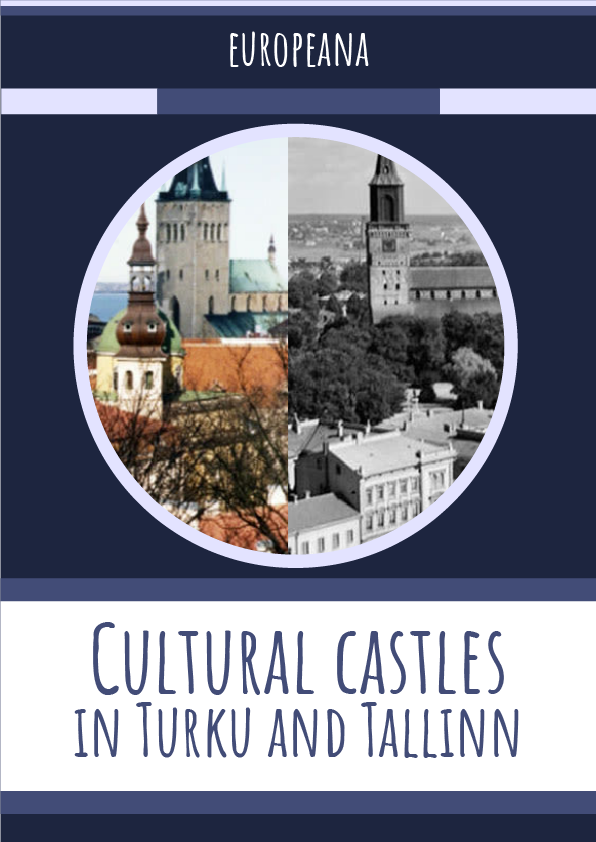This animated flipbook is created to help you plan your beach trip. Using our guides to spark your imagination, plan a trip to enjoy a sunny, sandy destination!
Beach Tourism
Beach tourism is one of the earliest modern forms of tourism and a staple of the tourism industry. This kind of tourism at coastal resorts is often considered to result from an inevitable attraction to the beach, but the relationship is one in which tourism and leisure are an inherent part of the formation of the desirability of beaches. As a resort-style destination, the beach is almost synonymous with the makings of modern tourism. This is partly because the beach as a desirable pleasure space did not become notable until the 19th century, following the defeat of sentiments of danger and strangeness through its gradual reinvention as a coastal resort and playground for pleasure.
Beginning with the cool beaches of the north and spreading to the warmer beaches beyond, first the wealthy requiring a cure, then the mass day-trippers on trains and families on holidays, and now international tourists of various types make up the market of one of the most successful forms of tourism. Today’s mature beach tourism sector, where high-amenity lifestyles describe the pleasure of sun, sea, surf, and sex, is a recent, if highly popular, invention.
Development of Beach Tourism
Although pleasurable beaches have become naturalized and seemingly inevitable, they were developed through distinctly modern principles and rules of engagement. Cautionary tales of the sea and coast have a longer history than modernity and modern forms of travel. Today’s taken-for-granted coastal attraction was inconceivable as little as 200 years ago and depended on cultural processes that demystified coastal areas, first as medicinal havens for the wealthy in the early development of popular resorts.
The earliest developments of beach tourism began as a form of health tourism as people were drawn out from rapidly urbanizing hinterlands toward the sea. By the mid-18th century, the “seaside,” as a comparatively tamed version of the coast, was attracting wealthy patrons to the curative properties of saltwater and sea air. They, and their entourages, brought with them a set of expectations that developed opportunities for the provision of services and entertainment in coastal places.
Began as the prototypical British seaside resort, putting the curative properties of the seaside in contrast with the pathological properties of the cities and towns that were undergoing rapid growth through industrialization. Through the twin emphasis on health and the patronage of the wealthy, darker notions of the sea and coastline became brighter notions of seasides that were increasingly designed for pleasure. Further popularity followed, increasing industrialization and literally paving the way to the coast through railways. Increasing dissatisfaction with the emergent urban way of life was nevertheless met with the compensatory surge in economic prosperity and increased amounts of leisure, enabling the first mass tourism to the United Kingdom coast and prototypical seaside resort.
Want to know more about beach travel and know the best beach place in the world? Let’s look at this animated flipbook to help you plan your beach trip.
